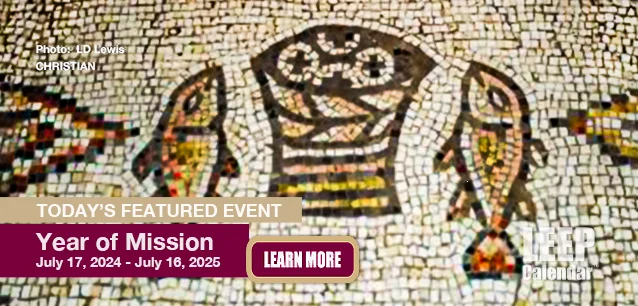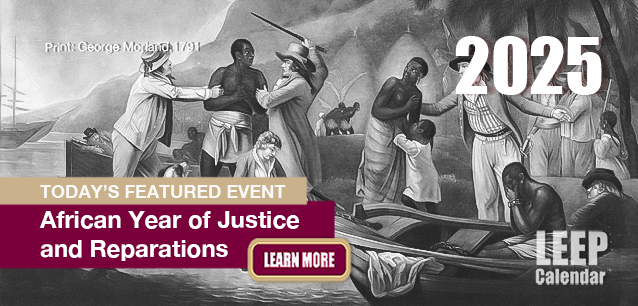 AD
AD
Today is: December 27
Scroll to explore events active on this date.
Additional Events on LEEP
LEEP INK FEATURES

August? Absolutely!
In August, we live through the Dog Days of Summer. It's hot and often humid, and those who can leave for better climates do. Down south, winter is in full force. August is also known as "the ...

In The Heat of July: July 2025 Events
Is it hot enough (or cold enough if you're below the equator) for you yet? There is actually a day for that! Like every month, I pick a diverse collection of events you may or may not know about. This ...

May Blooms: Events in May 2025
Along with October, May is one of the most densely packed months of the year. It's before the summer humidity and the last whole month of the school year. The weather is warming in t...
About Saint George's Day
Religion , United Kingdom & Ireland
Ends: Apr 23, 2025
DESCRIPTION:
Saint George, "the Dragonslayer," or George of Lydda, is the patron saint of England. He was born into a wealthy Christian family in Turkey around 280 AD and lived until he was executed at age twenty-three.
In 303 AD, the Roman Empire grew increasingly concerned with the proliferation of Christianity and ordered all Christian soldiers expelled. The Emporer then required all remaining Roman soldiers to perform sacrifices to the pagan gods. Saint George, a soldier by this time, refused to relinquish his faith or participate in pagan rituals. George was martyred in Lyyda, Palestine (Lod, Israel since 1948) via beheading on April 23, 303.
Within the next forty years, the entirety of the Roman Empire would convert to Christianity following the conversion of Emperor Constantine just nine years later, in 312 AD.
The legend of Saint George would grow with the Eastern Orthodox churches. There it is said he saved the king of Libya's daughter from being sacrificed to a dragon in exchange for the population converting from paganism to Christianity. As a reward, the king built a church on the location where Saint George is said to have killed the dragon. He's a saint due to his martyrdom, not for killing a mythical beast.
VIDEOS
Currently, this event does not have supporting videos.
SUPPORTING DOCUMENTS
Currently, this event does not have supporting documents.
ADDITIONAL IMAGES
Currently, this event does not have supporting images.
Where would you like to go now?
 AD
AD


























































/footer-logo.svg)
